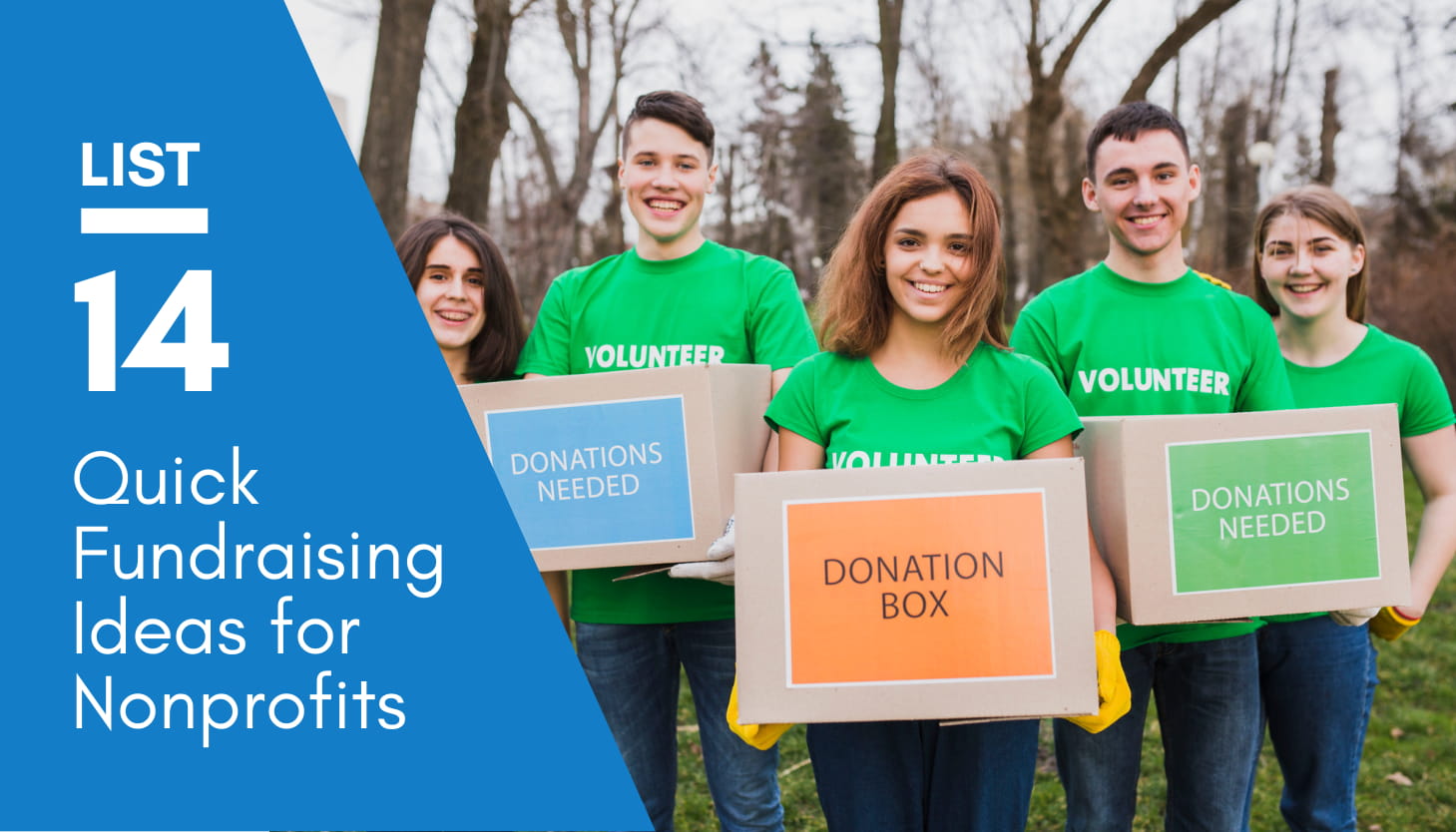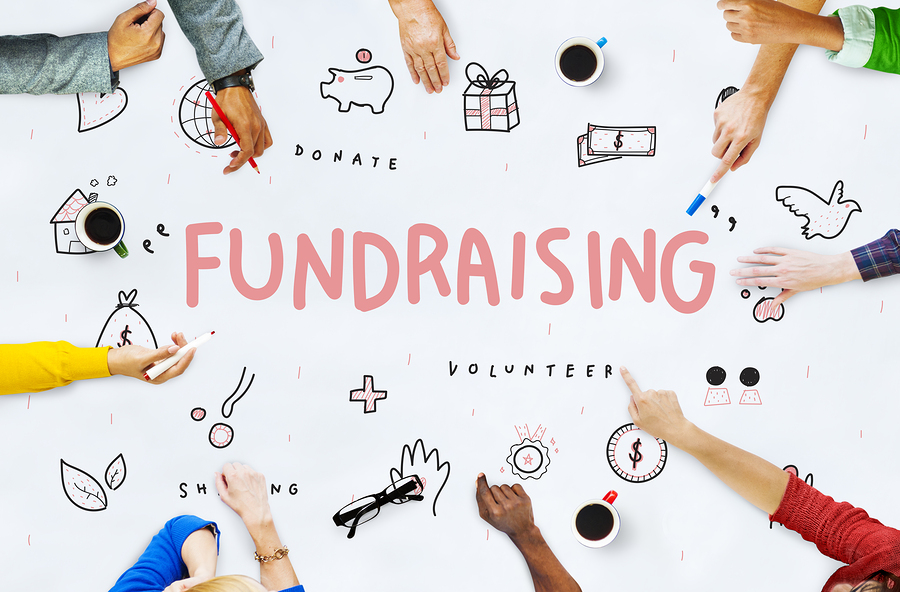Nonprofit Agency: Specialist Providers to Assistance Your Objective and Goals
Nonprofit Agency: Specialist Providers to Assistance Your Objective and Goals
Blog Article
The Duty of Community Engagement in Nonprofit Fundraising: Building Lasting Relationships for Lasting Support
Neighborhood interaction is significantly identified as a crucial part of effective not-for-profit fundraising. By cultivating authentic partnerships with local stakeholders, companies can grow count on and commitment, which are vital for sustainable assistance. However, the methods and techniques employed to involve areas differ extensively, raising vital concerns about effectiveness and impact. What are the very best techniques for growing these essential connections, and just how can nonprofits gauge their success in this arena? Recognizing these characteristics might considerably affect the future of fundraising efforts and the total goal of nonprofit organizations.
Comprehending Area Engagement
Area involvement is an essential part of successful nonprofit fundraising initiatives. Nonprofits need to identify key stakeholders-- such as area participants, local companies, and other organizations-- to create efficient interaction strategies.
Reliable area engagement is predicated on energetic listening and responsiveness to the requirements and passions of the community. This procedure includes obtaining comments, recognizing area dynamics, and making sure that the company's goal straightens with local top priorities. Involving the community can take numerous forms, including public conferences, volunteer opportunities, and collaboration initiatives, each made to motivate involvement and investment in the organization's goals.
Additionally, community interaction should be approached as a continuous dialogue rather than a single initiative. By cultivating an inclusive atmosphere where community voices are heard and valued, nonprofits can build a strong structure for future fundraising undertakings. Inevitably, a deep understanding of area interaction equips organizations to develop genuine links that boost their general performance and sustainability.
Benefits of Solid Relationships
Strong connections developed with neighborhood involvement yield many benefits for nonprofit fundraising efforts. Primarily, these relationships foster trust fund and reliability, necessary components in motivating contributors to contribute. When prospective supporters see a nonprofit proactively included in their neighborhood, they are more probable to count on its objective and impact.

Moreover, these relationships help with efficient interaction. Nonprofits can leverage their connections to share stories of influence, updates, and needs, ensuring that advocates stay informed and engaged. This open line of interaction not only reinforces bonds but additionally encourages word-of-mouth promo, expanding the not-for-profit's reach.
Lastly, solid community connections can attract brand-new partners and sponsors. Businesses and individuals are more likely to align with organizations that demonstrate meaningful neighborhood involvement, offering additional sources and support that can considerably enhance fundraising capabilities. Thus, cultivating durable partnerships via neighborhood involvement is important to a nonprofit's lasting fundraising success.
Techniques for Efficient Interaction
How can nonprofits properly engage their areas to enhance fundraising initiatives? Creating targeted techniques is important for cultivating meaningful links. First, leveraging social media platforms enables companies to share their mission dynamically and interactively, reaching a broader target market. Normal updates, involving content, and calls-to-action can galvanize area interest and engagement.
2nd, organizing community occasions, such as workshops, volunteer opportunities, or fundraising drives, facilitates in person communication, permitting nonprofits to display their influence and initiatives. These events not only raise funds however additionally cultivate relationships and permit neighborhood members to involve straight with the reason.
Third, executing customized interaction methods can boost engagement. Customizing messages to certain benefactor sections based additional resources on rate of interests and past payments cultivates a feeling of belonging and investment in the company's mission.
Finally, producing collaborations with neighborhood organizations and neighborhood leaders can enhance outreach efforts. Joint efforts can enhance exposure and reputation, showing a collective commitment to the neighborhood's wellness. By incorporating these strategies, nonprofits can develop lasting connections that improve fundraising initiatives and drive sustainable assistance.
Determining Involvement Success
While involving the neighborhood is vital for successful not-for-profit fundraising, measuring the effectiveness of these involvement efforts is similarly important. Establishing clear metrics enables organizations to analyze exactly how well they are getting in touch with their audience and attaining their fundraising objectives. Key efficiency signs (KPIs) such as donor retention prices, volunteer involvement degrees, and engagement on social media platforms offer tangible data for assessment.

On a regular basis evaluating these metrics allows companies to pivot their methods when needed, making sure that community engagement continues to be lined up with their general objective. Furthermore, sharing these outcomes with stakeholders fosters openness and builds count on, encouraging additional neighborhood involvement. Eventually, a durable dimension structure not only notifies future fundraising efforts however also enhances the partnership in between the not-for-profit and its fans, laying the groundwork image source for sustainable success.
Study in Area Effect
Many study show the profound impact that area involvement can carry not-for-profit fundraising success. One notable instance is the "Something to chew on" campaign, where a local food financial institution partnered with colleges and services to host neighborhood dinners. These events not only raised funds yet likewise promoted a feeling of belonging among participants, substantially increasing donor retention rates.
Another compelling case is the "Eco-friendly Spaces Project," which involved regional homeowners in the revitalization of city parks. This campaign not just amassed financial backing from regional services however additionally grew a volunteer base that added to recurring maintenance and programming. The feeling of possession and pride amongst area members translated into sustained contributions.
In the world of arts, the "Art for All" campaign effectively involved regional musicians and customers to produce collaborative art installations, bring about increased visibility and contributions for a neighborhood arts nonprofit.
These instances highlight that when nonprofits prioritize area involvement, they can produce lasting relationships that boost fundraising efforts, making sure lasting assistance and promoting a vivid community browse this site society. Such instances demonstrate that area engagement is not just a strategy yet an important column of not-for-profit success.
Conclusion
To conclude, area interaction is integral to the success of not-for-profit fundraising efforts. By fostering solid relationships with regional stakeholders, organizations improve trust and trustworthiness, leading to improved contributor retention and loyalty. Applying reliable engagement strategies and gauging their influence makes certain that nonprofits can prosper and adjust. Inevitably, a robust structure of neighborhood assistance not only amplifies fundraising possible but also grows a society of cooperation, essential for achieving long-term organizational goals and maintaining significant influence.
Nonprofits need to identify crucial stakeholders-- such as area members, regional services, and other companies-- to develop reliable engagement techniques.

In conclusion, area involvement is essential to the success of nonprofit fundraising efforts.
Report this page